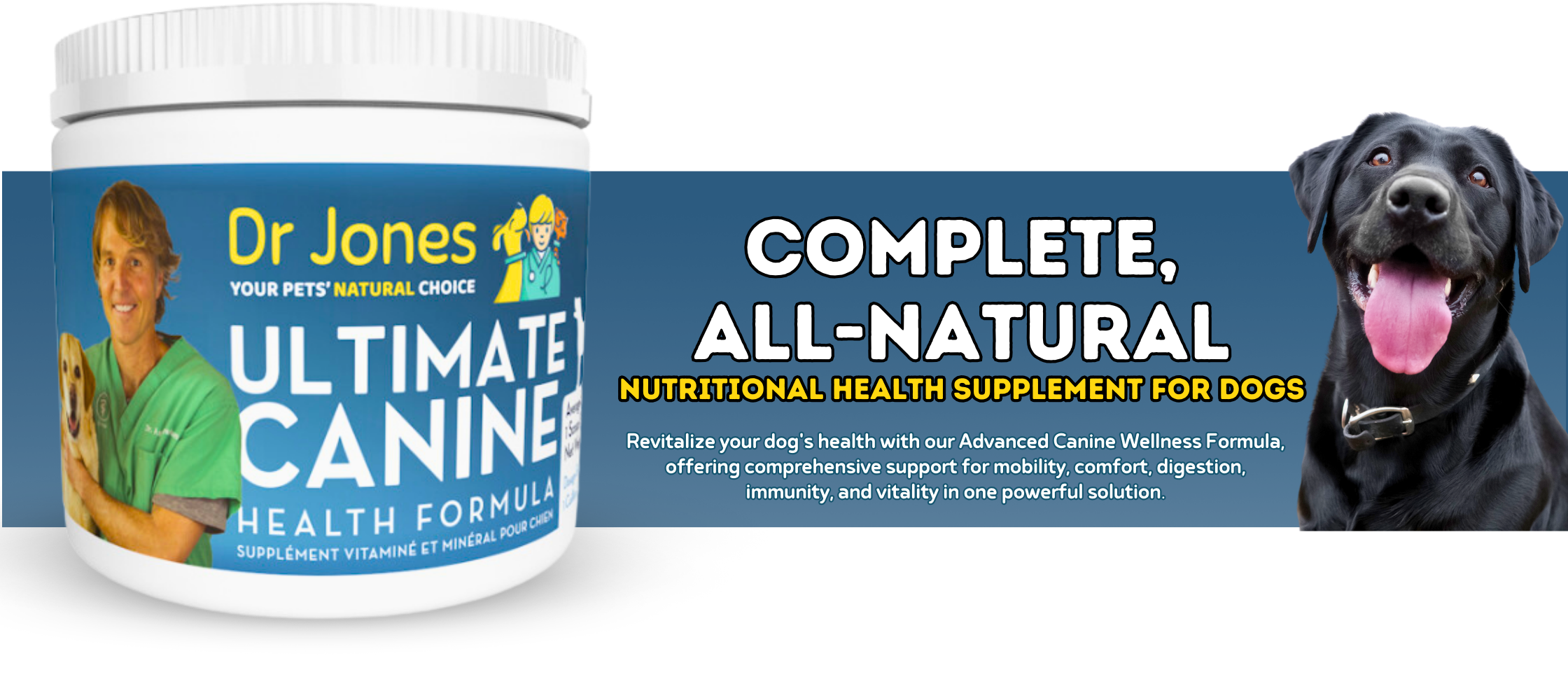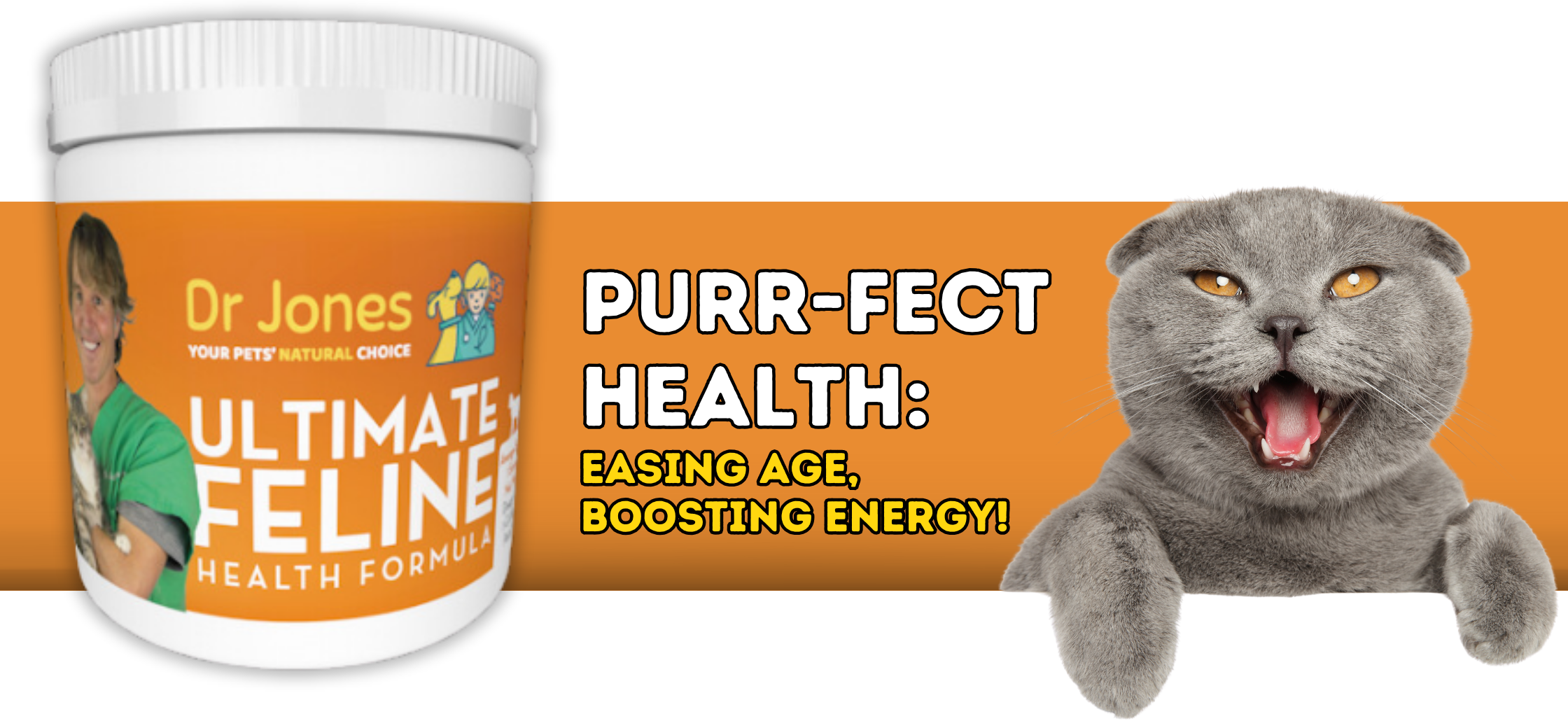Alarming Findings: What’s Really in Your Pet’s Food? Disturbing Discoveries in Commercial Pet Food

Understanding What’s Really in Your Pet’s Food: Insights from a New Study
Hello, Dr. Andrew Jones here. Today, I want to share some concerning findings from a recent study conducted by the University of New Mexico, which revealed disturbing ingredients in pet food. As many of you know, I frequently discuss pet nutrition because it plays a critical role in the health of our pets.
The study, titled “Using Pet Food to Investigate the Effectiveness of Whole Genome Sequencing in the Authentication of Highly Complex Processed Food," utilized DNA testing to verify the contents of pet food. This method checks whether what is claimed on the pet food labels actually matches what is inside the packaging.
Disturbing Findings in Pet Food Brands
The research tested six different brands of pet food, though the specific brands were not disclosed. Shockingly, the study found DNA from undeclared ingredients in every single sample. More alarmingly, two out of the six brands contained DNA evidence of dog meat. Not only did these foods have multiple undisclosed ingredients, but they also lacked ingredients they claimed to contain, including beef, salmon, and sweet potato.
The Implications of Mislabeling
This mislabeling is not just unethical—it’s illegal. Federal and state laws require pet food companies to accurately list all ingredients on their labels. The study found that these mislabeled foods had anywhere from 12 to 17 undisclosed ingredients. This level of mislabeling is unacceptable and points to a significant failure in regulatory oversight.

Call to Action and Personal Recommendations
The FDA needs to enforce these regulations more stringently to ensure that what is listed on pet food labels is indeed what is in the food. As pet owners, we must also take action. I recommend feeding your pets less commercial dog and cat food. Instead, consider preparing some of your pet’s meals at home. My dog, for instance, gets quite excited when I prepare a chunk of beef for her weekly meal.
Resources and Further Reading
For those interested in learning more, I’ve included links in the description box to both the article from The Truth About Pet Food and the study itself. Educating ourselves on these issues is crucial for the health and safety of our pets.
Thank you for tuning in to this important discussion on pet food safety. Don’t forget to subscribe and click the bell for notifications on future posts. For additional resources, including a copy of my free book, follow the links below.
Stay informed and take proactive steps to ensure your pets are receiving safe and nutritious meals.

Hi! How can I find the list? The link has the samples blinded.
They are not releasing the actual brand names, most likely for liability reasons.